
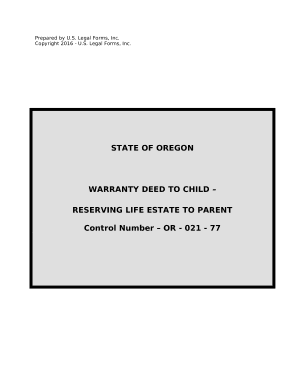
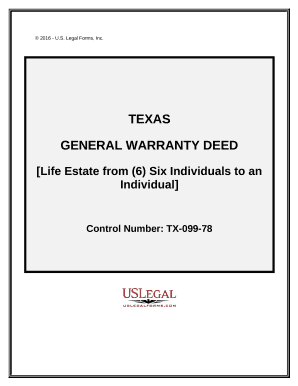
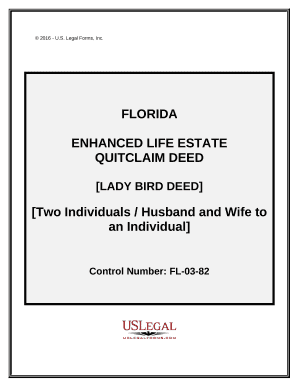

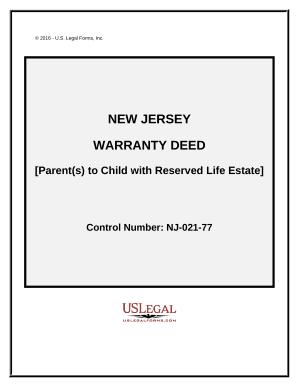
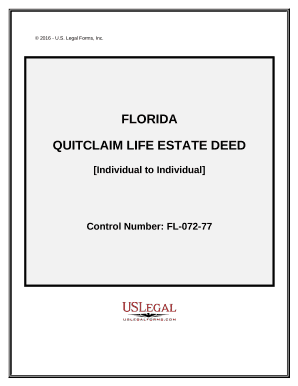
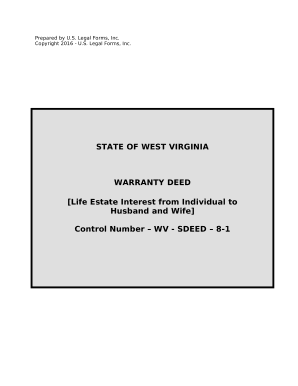
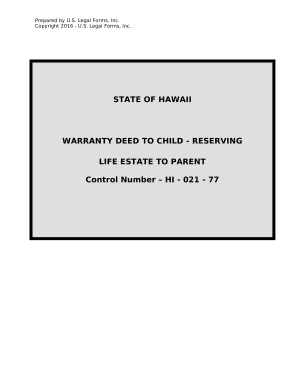

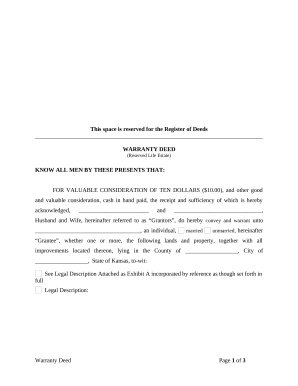
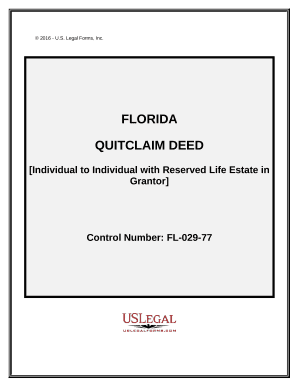
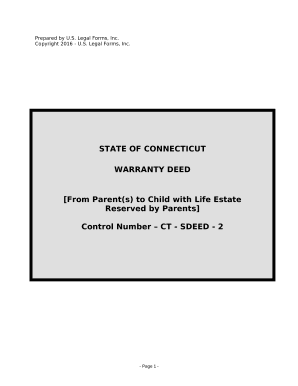



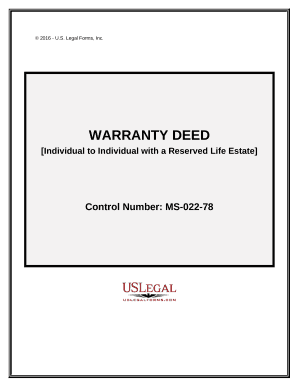
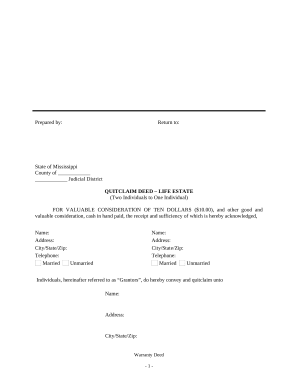
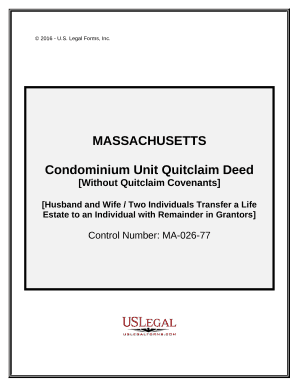
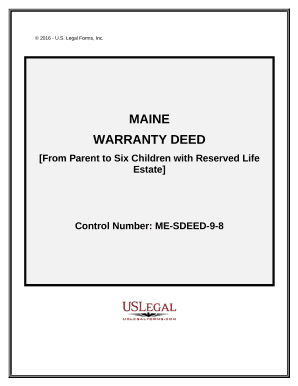
Document management can overpower you when you can’t discover all the documents you require. Luckily, with DocHub's considerable form categories, you can get everything you need and easily deal with it without changing among applications. Get our Life Estate Forms and start working with them.
How to use our Life Estate Forms using these easy steps:
Try out DocHub and browse our Life Estate Forms category easily. Get a free account right now!